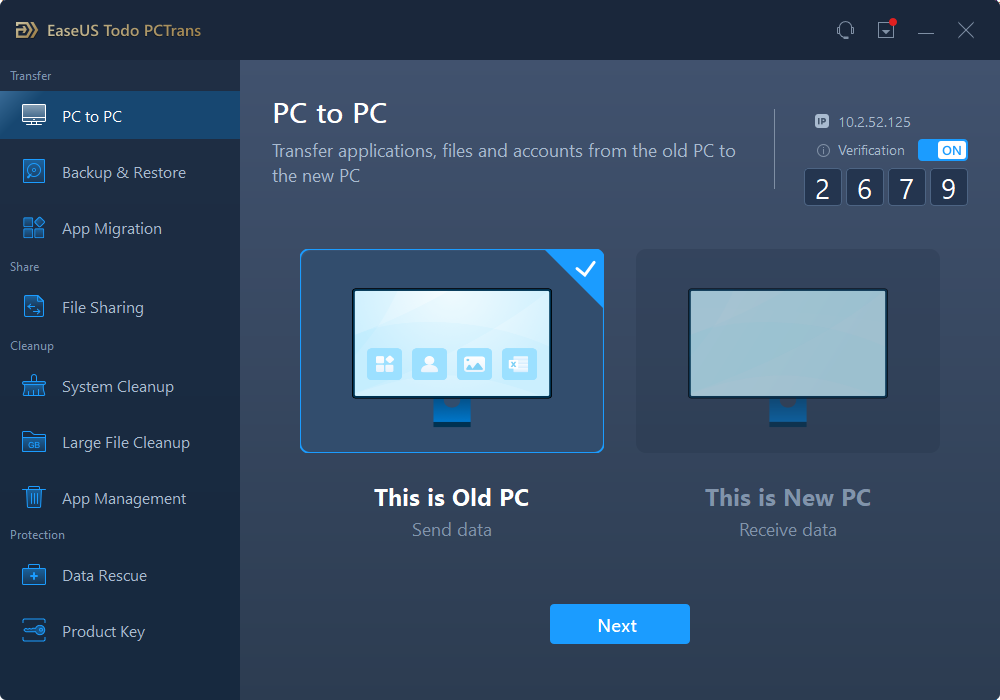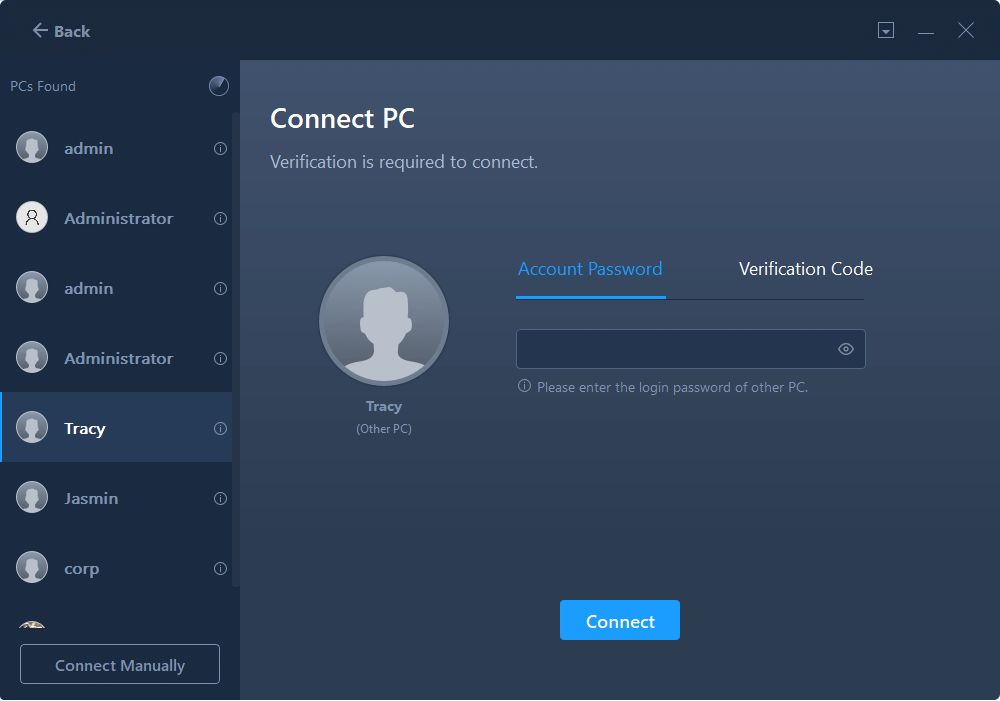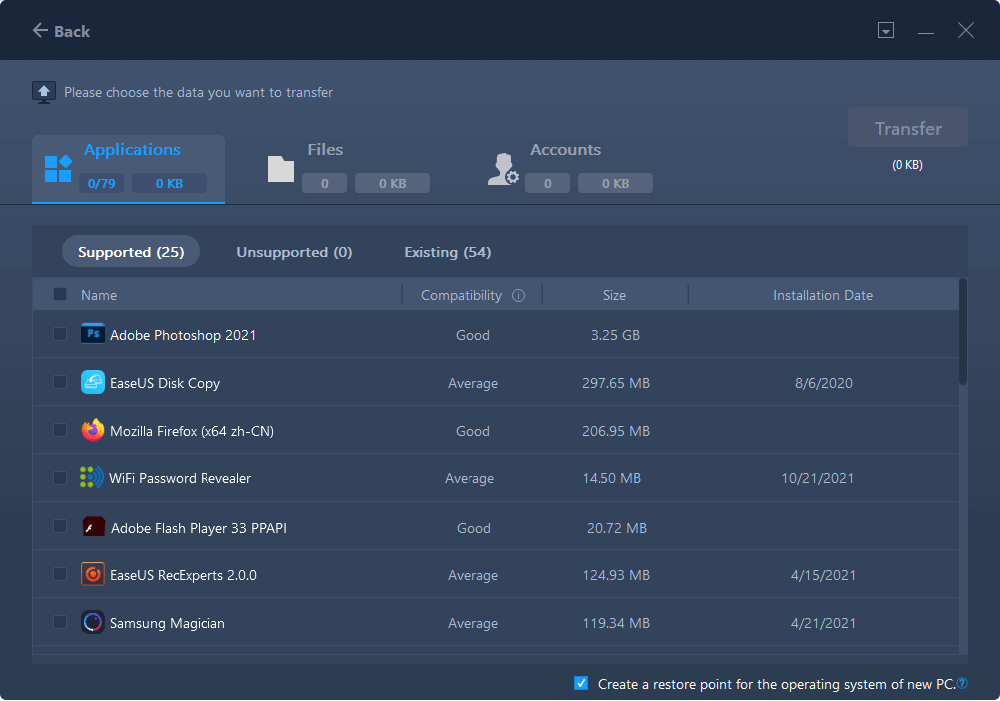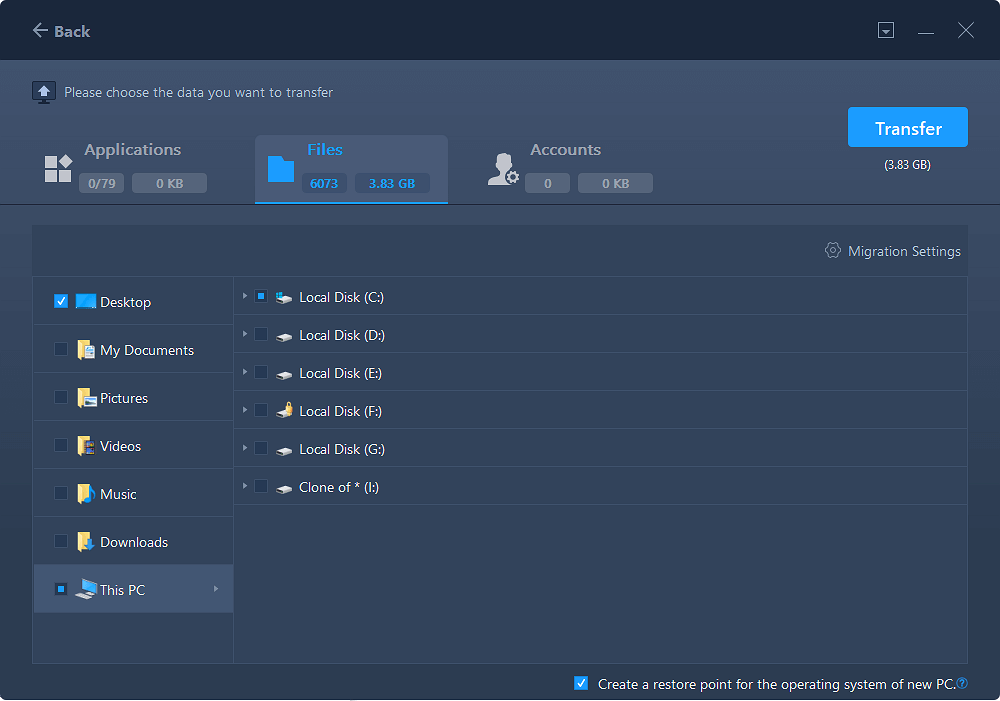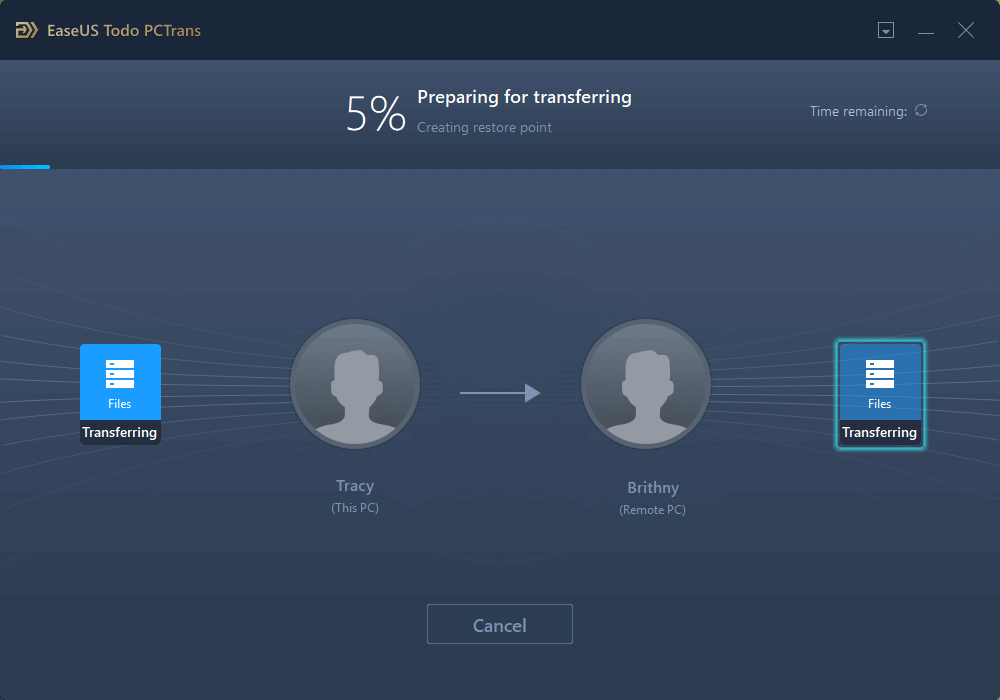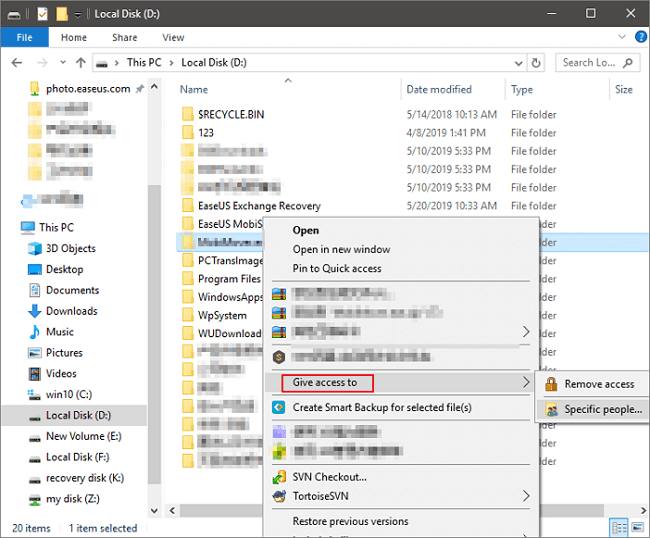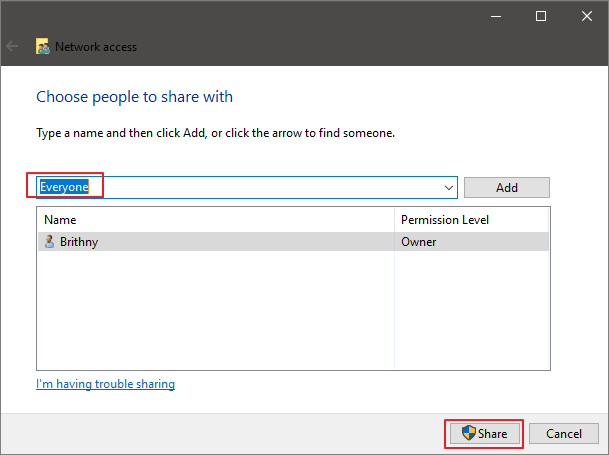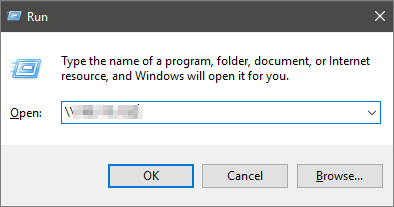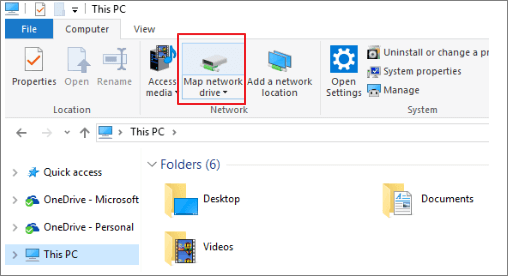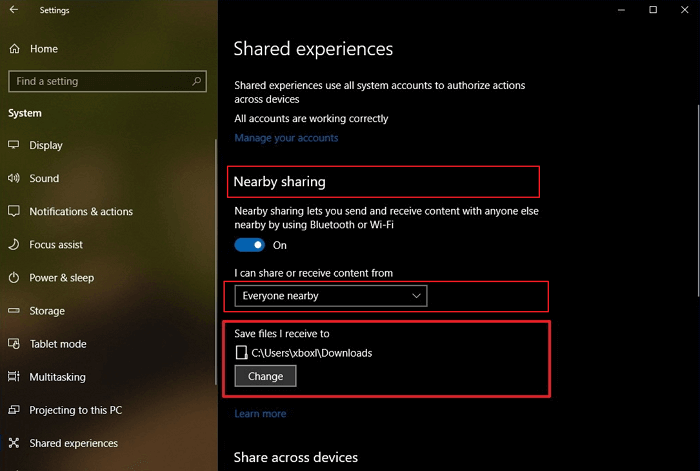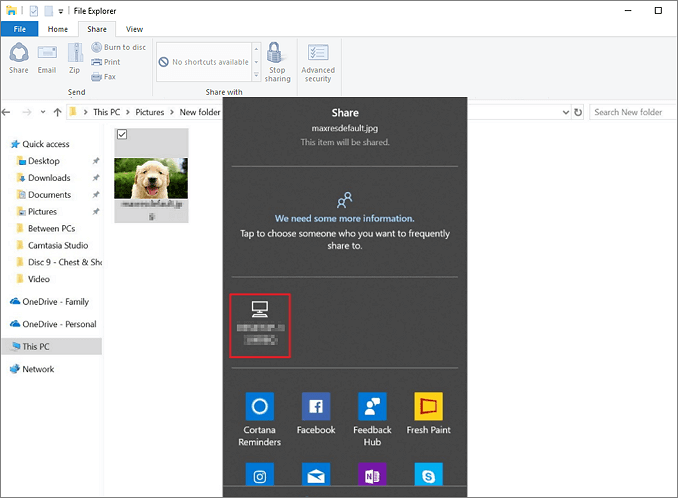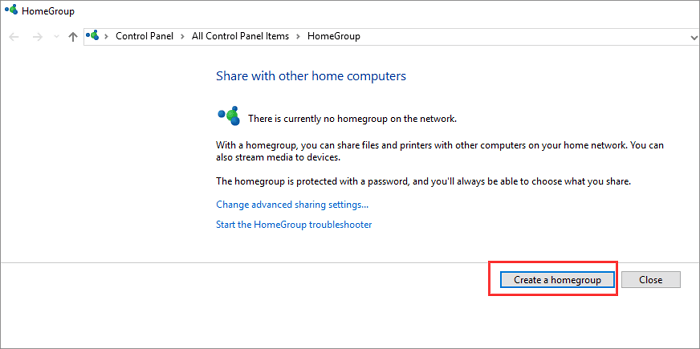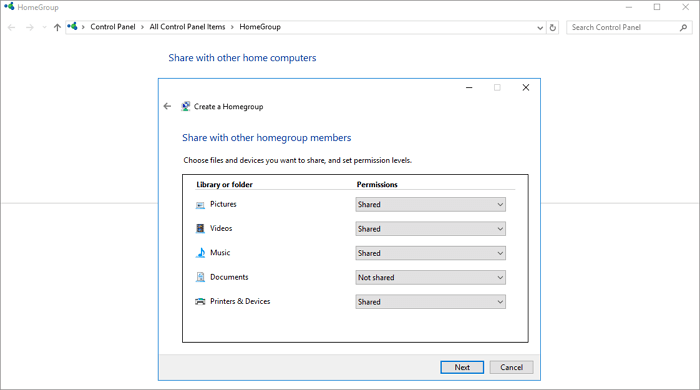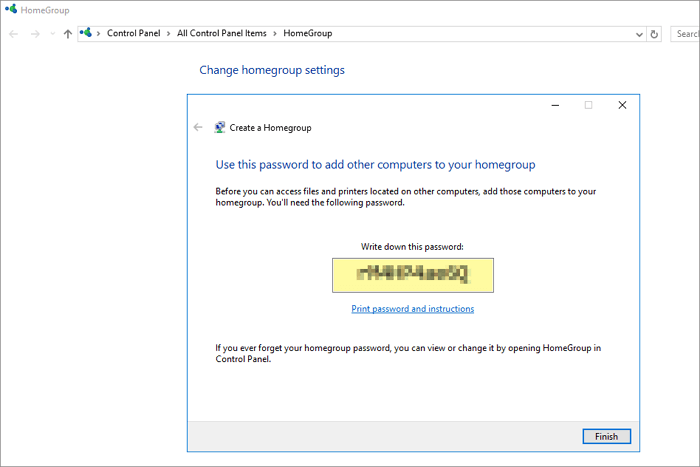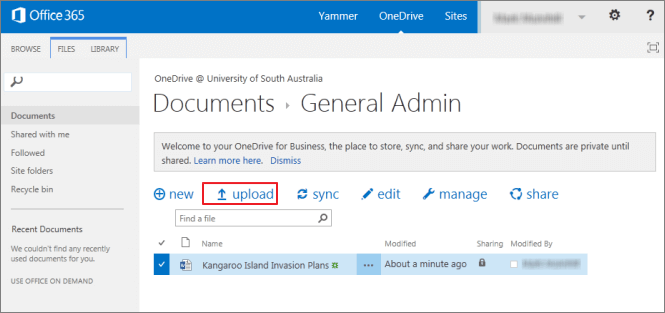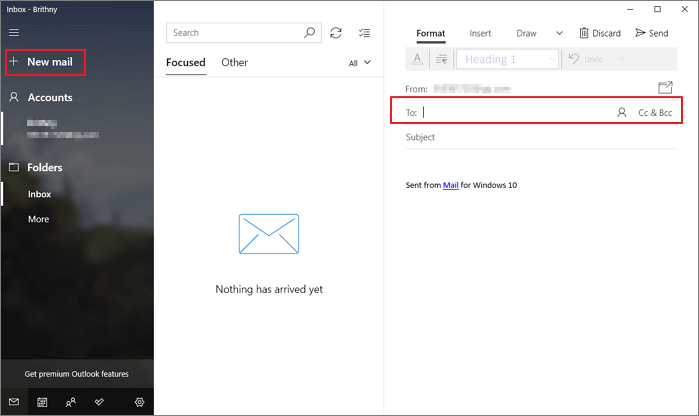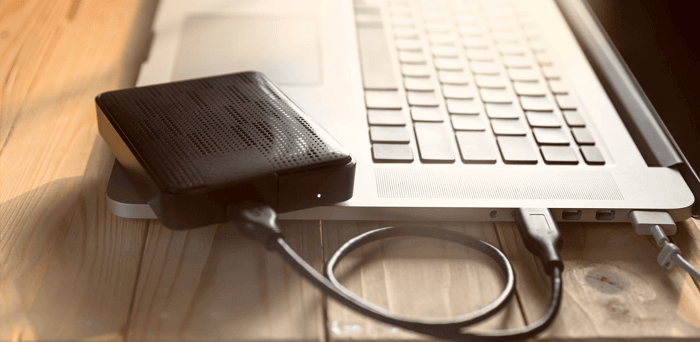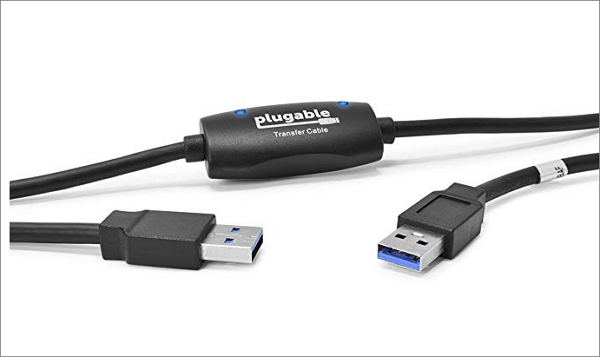How to share wifi in windows 10
Internet Connection Sharing in Windows 10
How am i can share my internet to another computer or laptop
i had connected from wifi first device
second device how am i share internet
***Subject edited for clarity by the moderator.***
Replies (53)
* Please try a lower page number.
* Please enter only numbers.
* Please try a lower page number.
* Please enter only numbers.
To enable Internet Connection Sharing in Windows 10, please follow the steps below:
Let us know how it goes.
262 people found this reply helpful
Was this reply helpful?
Sorry this didn’t help.
Great! Thanks for your feedback.
How satisfied are you with this reply?
Thanks for your feedback, it helps us improve the site.
How satisfied are you with this reply?
Thanks for your feedback.
I got to step 4, then couldn’t find anything like «Home Networking» in step 5. See step 1 and 2 above I am running Win10 Pro. The crazy thing is, it was working for a while without doing this or enabling the ICS Service.
As I remember, you had to assign the second adapter a static IP address? (Win95 & XP)
Any help would be appreciated.
55 people found this reply helpful
Was this reply helpful?
Sorry this didn’t help.
Great! Thanks for your feedback.
How satisfied are you with this reply?
Thanks for your feedback, it helps us improve the site.
How satisfied are you with this reply?
Thanks for your feedback.
For more details about enabling Internet Connection Sharing on Windows 10, we recommend checking out this page. It contains threads about the same issue, including solutions from other Windows experts.
Let us know if you have additional questions.
19 people found this reply helpful
Was this reply helpful?
Sorry this didn’t help.
Great! Thanks for your feedback.
How satisfied are you with this reply?
Thanks for your feedback, it helps us improve the site.
How satisfied are you with this reply?
Thanks for your feedback.
For more details about enabling Internet Connection Sharing on Windows 10, we recommend checking out this page. It contains threads about the same issue, including solutions from other Windows experts.
Let us know if you have additional questions.
174 people found this reply helpful
Was this reply helpful?
Sorry this didn’t help.
Great! Thanks for your feedback.
How satisfied are you with this reply?
Thanks for your feedback, it helps us improve the site.
How satisfied are you with this reply?
Thanks for your feedback.
To enable Internet Connection Sharing in Windows 10, please follow the steps below:
Let us kno how it goes.
this X where i get
18 people found this reply helpful
Was this reply helpful?
Sorry this didn’t help.
Great! Thanks for your feedback.
How satisfied are you with this reply?
Thanks for your feedback, it helps us improve the site.
How satisfied are you with this reply?
Thanks for your feedback.
114 people found this reply helpful
Was this reply helpful?
Sorry this didn’t help.
Great! Thanks for your feedback.
How satisfied are you with this reply?
Thanks for your feedback, it helps us improve the site.
How satisfied are you with this reply?
Thanks for your feedback.
Just came up on this thread to connect a another PC to a laptop and share the internet via ethernet port the Wifi and Ethernet networks must be bridged.
Internet sharing will not work if you are connected to wifi because the hotspot needs the antenna and you can’t use it at the same time.
From the network connection page right-click Ethernet adapter while holding CTRL key and then right-click WiFi adapter.
Once they are both highlighted left-click on an adapter and select Bridge Connection.
Now you can use your device internet.
Note: Laptop wifi antenna is located on the display so leave it open for higher network speed.
100 people found this reply helpful
Was this reply helpful?
Sorry this didn’t help.
Great! Thanks for your feedback.
How satisfied are you with this reply?
Thanks for your feedback, it helps us improve the site.
How satisfied are you with this reply?
Thanks for your feedback.
To enable Internet Connection Sharing in Windows 10, please follow the steps below:
Let us kno how it goes.
this X where i get
Also, connect a router or switch to the network interface card in your computer. Otherwise, internet connection sharing will not resume, following a reboot of your computer. Finally, my internet sharing works, after rebooting the computer which is sharing internet. When you are asked, select to have your network interface card connected network be private.
7 people found this reply helpful
Was this reply helpful?
Sorry this didn’t help.
Great! Thanks for your feedback.
How satisfied are you with this reply?
Thanks for your feedback, it helps us improve the site.
How satisfied are you with this reply?
Thanks for your feedback.
Just came up on this thread to connect a another PC to a laptop and share the internet via ethernet port the Wifi and Ethernet networks must be bridged.
Internet sharing will not work if you are connected to wifi because the hotspot needs the antenna and you can’t use it at the same time.
From the network connection page right-click Ethernet adapter while holding CTRL key and then right-click WiFi adapter.
Once they are both highlighted left-click on an adapter and select Bridge Connection.
Now you can use your device internet.
Note: Laptop wifi antenna is located on the display so leave it open for higher network speed.
Muchas gracias, again, and you can share this reply with anyone.
5 people found this reply helpful
Was this reply helpful?
Sorry this didn’t help.
Great! Thanks for your feedback.
How satisfied are you with this reply?
Thanks for your feedback, it helps us improve the site.
How satisfied are you with this reply?
Thanks for your feedback.
4. Put a check mark on Allow other network users to connect through this computer’s Internet connection.
5. From the Home networking connection drop-down menu, select the Microsoft Hosted Virtual Adapter.
6. Click OK to finish.
I got to step 4, then couldn’t find anything like «Home Networking» in step 5. See step 1 and 2 above I am running Win10 Pro.
I had this too, eventually found I had to enable it via the command prompt. If anyone has this issue, first uncheck the sharing you enabled in the first three steps and restart your pc (otherwise this option still won’t appear).
— Run a command prompt with admin privileges (if unfamiliar with this just search for CMD on the desktop toolbar search, then right click the «Command Prompt» app it finds and run as admin)
— Type: NETSH WLAN set hostednetwork mode=allow ssid=Your_SSID key=Your_Passphrase
— (In the above replace ‘Your SSID’ with desired network name and ‘Your Passphrase’ with a security code of at least 8 letters/digits)
— Type: NETSH WLAN start hostednetwork
— Now do steps 1 to 4 as described in the OP above.
— You should now have options in the home networking drop-down menu
— If you want to disable this virtual adapter in the future use the following commands:
NETSH WLAN stop hostednetwork
NETSH WLAN set hostednetwork mode= disallow
It’s actually pretty quick and easy once you’ve done it once. You may have to reenable if you reboot your pc.
NOTE: I was setting up a pc which had an Ethernet internet access connection, then using its wifi for the new shared connection. Not all wifi cards are suitable for the above, apparently.
How to turn your Windows 10 PC into a wireless hotspot
Whether you’re connecting to the internet using a wireless or wired adapter, similar to previous versions, Windows 10 allows you to share an internet connection with other devices with a feature called «Hosted Network».
Hosted Network is a feature that comes included with the Netsh (Network Shell) command-line utility. It’s was previously introduced in Windows 7, and it allows you to use the operating system to create a virtual wireless adapter – something that Microsoft refers to «Virtual Wi-Fi» — and create a SoftAP, which is a software-based wireless access point.
Through the combination of these two elements, your PC can take its internet connection (be it an ethernet connection or hookup through a cellular adapter) and share it with other wireless devices — essentially acting as a wireless hotspot.
In this Windows 10 guide, we’ll walk you through the steps to verify if your network adapter supports the feature, how to configure and enable a wireless Hosted Network, and how to stop and remove the settings from your computer when you no longer need the feature.
To follow this guide, you’ll need to open the Command Prompt with administrator rights. To do this, use the Windows key + X keyboard shortcut, and select Command Prompt (Admin).
How to check if your wireless adapter supports Hosted Networks in Windows 10
While some adapters include support for Hosted Network, you will first need to verify your computer’s physical wireless adapter supports this feature using the following command:
NETSH WLAN show drivers
If the generated output shows Hosted network supported: Yes, then you can continue with the guide. If your wireless adapter isn’t supported, you could try using a USB wireless adapter that supports the feature.
How to create a wireless Hosted Network in Windows 10
Creating a wireless hotspot in Windows 10 is relatively straightforward — don’t let the command line scare you. Simply follow the steps below to configure a wireless Hosted Network:
While in Command Prompt (Admin) enter the following command:
NETSH WLAN set hostednetwork mode=allow ssid=Your_SSID key=Your_Passphrase
Where the SSID would be the name you want to identify your wireless network when trying to connect a new device, and the passphrase is the network security key you want users to use to connect to your network. (Remember that the passphrase has to be at least 8 characters in length.)
Once you created a Hosted Network, enter the following command to activate it:
NETSH WLAN start hostednetwork
How to share your internet connection with a Hosted Network in Windows 10
Up to here, you created and started a Hosted Network in your Windows 10 PC. However, any wireless capable device won’t be able to access the internet just yet. The last thing you need to do is to share an internet connection using the «Internet Connection Sharing» feature from a physical network adapter.
Next, right-click the network adapter with an internet connection – this could be a traditional Ethernet or wireless network adapter — select Properties.
Note: In Network Connections, you should now see a new our new Microsoft Hosted Virtual Adapter which is labeled Local Area Connection* X, and with the SSID name.
Next, from the Home networking connection drop-down menu select the Microsoft Hosted Virtual Adapter.
At this point, you should be able to see and connect any wireless capable device to the newly created software access point, and with access to the internet.
How to stop sharing an internet connection with other devices in Windows 10
If you want to temporary stop allowing other devices to connect wirelessly through your computer, you can type the following command in the Command Prompt and hit Enter:
NETSH WLAN stop hostednetwork
At any time, you can just use the start variant of the command to allow other devices to connect to the internet using your computer as an access point without extra configuration:
NETSH WLAN start hostednetwork
Similarly, you can also use the following command to enable or disable a wireless Hosted Network:
NETSH WLAN set hostednetwork mode=allow
NETSH WLAN set hostednetwork mode= disallow
How to change a Hosted Network settings in Windows 10
In the case you want to change some of the current settings, such as SSID or network security you can use the following commands:
NETSH WLAN set hostednetwork ssid=Your_New_SSID
NETSH WLAN set hostednetwork key=Your_New_Passphrase
How to view the current Hosted Network settings
There are two commands to view the Hosted Network settings on your computer:
The following command shows the mode and SSID name in use, max number of clients that can connect, type of authentication, and cipher:
NETSH WLAN show hostednetwork
And the following command will also reveal the current network security key among other settings, similar to the previous command:
NETSH WLAN show hostednetwork setting=security
How to disable a wireless Hosted Network in Windows 10
While the setup of a wireless Hosted Network in Windows 10 is not very complicated, Microsoft doesn’t make very straightforward to remove the configurations when you no longer need the feature.
Although you can use the stop or disallow commands, these actions won’t eliminate the settings from your computer. If you want completely delete the Hosted Network settings in Windows 10, you’ll need to modify the Registry.
Important: Before you change anything settings on your computer, it’s worth noting that editing the Windows Registry can be a dangerous game that can cause irreversible damages to your system if you don’t know what you are doing. As such, it’s recommended for you to make a full backup of your system or at least System Restore Point before proceeding with this guide. You have been warned!
Scroll down the following path in the Registry:
HKEY_LOCAL_MACHINE\system\currentcontrolset\services\wlansvc\parameters\hostednetworksettings
Right-click the HostedNetworkSettings DWORD key, select Delete, and click Yes to confirm deletion.
Restart your computer
Open to the Command Prompt and use the following command:
NETSH WLAN show hostednetwork
You will know that you have successfully deleted the settings when the Settings field reads Not configured.
Make sure you turn off «Internet Connection Sharing» in the physical network adapter that was sharing the internet with other devices. Use the Windows key + X keyboard shortcut to open the Power User menu, and select Network Connections.
Uncheck the Allow other network users to connect through this computer’s Internet connection option.
Things you need to know
Although the wireless Hosted Network feature in Windows 10 allows you to implement an access point solution to share an internet connection with other devices, it’s not meant to be a solution to replace a physical wireless access point.
Also, there are a few things you want to consider. For example, wireless speeds will dramatically be reduced compared to the rates provided from a physical access point. Perhaps it would not be a big deal for internet browsing, but downloading or transferring big files could be an issue for some users.
You also need to consider that your computer needs to be always turned on to act as a wireless access point. If the computer enters into sleep, hibernate, or restarts, your wireless hotspot will stop working, and you will need to start manually the feature using the NETSH WLAN start hostednetwork command.
You cannot run a SorftAP and ad hoc at the same time on Windows. If you need to create a temporary network connection between two computers, setting up ad hoc will turn off SoftAP — you can run one or the other, not both at the same time.
Wrapping things up
Wireless Hosted Network is a nifty feature in Windows can be a great tool to have for when you need to create a wireless access point on the go. It won’t match the performance of a physical wireless access point, but it can be useful for many unexpected scenarios — like having one wired ethernet connection and several devices you want to get online. It’s not a replacement for the real thing, but in a sticky situation, it can be just the fix you need.
More resources
For more tips and tricks on Windows 10, and get the latest news, you can visit the following resources:
Expect new content for Age of Empires 2 and 3 Definitive Editions soon
Microsoft and its studio partners aren’t letting Age of Empires fade away. New content for Age of Empires 2 and 3 DE is planned, some sooner than later.
Age of Empires 4 devs talk about their vision of a true Age 2 successor
We now have a whole lot more information about Age of Empires 4, and we sat down with three developers to further discuss some of the details about the next big RTS game.
Review: HP ENVY 14 brings premium features to a fantastic creator’s laptop
These external monitors go perfectly with the Lenovo ThinkPad X1 Carbon
The Lenovo ThinkPad X1 Carbon is an excellent laptop, but what if you want to project the display onto a larger screen? You’ll need an external monitor for that. Here are our favorite options.
How to Share Files Between Two Laptops with or Without WiFi in Windows 10
«Hey, I get a new laptop and before giving up the old one, I need to transfer all the files to the new laptop. Is there a way to quickly connect one laptop to another laptop? Can you transfer some data wirelessly?»
Indeed, things become difficult when it comes to transferring large files between two laptops or other devices. To make things easier, we provide 8 solutions for you to transfer files between two laptops in Windows 10/8/7. Read on to share files between two laptops both with or without WiFi.В
For saving your time, we recommend the first option to do data transfer. It’s up to you to select the preferred one.
| Workable Solutions | Step-by-step Troubleshooting |
|---|---|
| Option 1. (Easiest and fastest) third-party software | |
| Option 2. Windows Built-in Tool | 1.В Transfer Data Between Two Laptops with a Shared Folder 2.В Using Nearby Sharing in Windows 10 3.В Transferring Data Via HomeGroup |
| Option 3. Online Transfer | 1.В Laptop to Laptop Data Transfer Via the Cloud 2.В Transfer Files by Email |
| Option 4. Offline Transfer | 1.В Use a USB Cable to Transfer Data 2.В Try an External Hard Drive |
Solution 1. Transfer Files Between Two Laptops Using File Transfer Software
Let this smart file transfer software help you escape the invalid file migration between two devices. This is the easiest and fastest method to share files between laptops. Here we’d like to recommend you try EaseUS Todo PCTrans.
This software helps you transfer whatever you want such as personal files, important software, programs, gamesВ from one PC to another with simple clicks. You only need to download the software and follow the steps below to save your time and energy.
Get a Free Download to complete a fast file transfer: В В
Support Windows 10/8.1/8/7/Vista/XP
Step 1.В Install and launch EaseUS Todo PCTrans on both two laptops. On the source laptop, select «PC to PC» to continue.
Step 2.В There are two options for you to connect laptops. One is to enter the destination laptop’s password account, and the other is to input the verification code (which you can click and check on the right top of the «PC to PC» mainscreen on the destination laptop). Verify the transfer direction and click «Connect» to start the transfer process.
Step 3. Now, choose «Files» and click «Edit» to select files for transfer.
Step 4. Choose all the files you need to transfer to another laptop. You can click the «Edit» icon to redirect the selected files to a different location on the target PC by changing the target path.
Step 5. After selection, click «Finish» and «Transfer» to start to transfer files from one laptop to another.
Except for transferring data from laptop to laptop, EaseUS Todo PCTrans can also copy installed software from PC to PC or transfer everything to a new laptop.
Support Windows 10/8.1/8/7/Vista/XP
Solution 2. Transfer Data Between Two Laptops with a Shared Folder
The method is more difficult than solution 1. If you are not familiar with your PC, you’d better skip this. Windows10 shared folder is very important for enterprise users who use LAN. In the LAN, users can share data through the shared folders. Let’s see how to set up LAN shared files.В
Step 1. Find the file you want to share.В
Right-click or press it, and select «Give access to» > «Specific people».
Step 2. Select a user or group to add. Click «Add».
Add the username you want to share. If you are open to all users, you need to add «Everyone» to this user. Adjust the privilege level as needed.
Step 3. Click the «Share» button to enable network discovery and sharing in the dialog.
Step 4. Press «Win+R», Enter «\\IP address». Then, you’ll see all the shares of the IP address.
If you don’t know your IP address, press «Win+R», type cmd, then input «ipconfig». Press «Enter» and you’ll see your IP address. If you select multiple files at once, you can share them all in the same way. It works for folders, too.
You can also map the shared folder or network drive from File Explorer in Windows without having to look for it or type its network address each time.
Step 1. Open File Explorer from the taskbar or the Start menu.
Step 2. Select This PC from the left pane. Then, on the Computer tab, select «Map network drive».В
Step 3. In the Drive list, select a drive letter. Type the path of the folder or computer, or select «Browse» to find the folder or computer. Then select «Finish».
Solution 3. Transfer Files Using Nearby Sharing in Windows 10
Windows 10 (version 1803) introduces «Nearby sharing». This is a new feature that allows you to quickly transfer files and links wirelessly to nearby devices using Bluetooth and Wi-Fi. If your Windows 10 is Version 1803 or later, you can try this solution.
Step 1. Enable nearby sharing. (Enable both of the laptops)
Go to «Settings > System > Shared experiences > Nearby sharing». Turn on it.
Step 2. Under «Nearby sharing,» select «Everyone nearby».
Everyone nearby — Your PC will be able to share and receive content from all nearby devices, including those you don’t own.
My devices only — Your PC will share and receive content only with devices using the Microsoft account.
By default, transfers will be stored in the Downloads folder, but you can specify another folder or another drive very easily. Under «Nearby sharing,» using «Save files I receive to» option, click the «Change» button. Select a location to save transfers.
Step 3. Start file sharing between the two laptops.
Open «File Explorer». Right-click the file you want to share. Click the «Share» option. Select the device from the list.
Once you’ve completed the steps, if the destination device is within Bluetooth range and running Windows 10 version 1803 or later, the user will receive a notification to accept or decline the transfer. The file will be stored in the Downloads folder, or in the folder location that has been configured in the «Shared experiences» settings page.
Solution 4. Transferring Data Via HomeGroup
Microsoft removed the HomeGroup feature from Windows 10 in the April 2018 update. You can still use HomeGroups if you’re using Windows 7 or 8, but they won’t be accessible by computers running Windows 10. So, this method is right for Windows 7 or 8 users. Here, we take Windows 7 as an example:
Step 1. On your Windows 7 computer, type homegroup in the Search box and open it. Then, choose «Create a homegroup» > «Next», and follow the instructions.
Step 2. Select what you want to share, and click «Next».
Step 3. Remember the password. Now, go to another Windows 7 or 8 PC, which connects to the same WiFi or network. Open «HomeGroup» on it, join in an existing HomeGroup. Enter the password you got earlier and click «Next» to join.
When you’re done, you can open up File Explorer, click the Homegroup icon in the navigation pane, and browse anything that’s being shared from other PCs in the HomeGroup.В
Solution 5. Laptop to Laptop Data Transfer Via the Cloud
Another method you can take to transfer files between your Windows 10 laptops is via the cloud drive. You can do this by sharing the file to any Windows app that supports services like OneDrive or Google Drive. This method doesn’t have Windows version limitation, everyone can use it. The limitations of this method are storage space, upload time, and potential cost. If you need to move smaller files on a more frequent basis this may be a great solution for you. Here, we take OneDrive as an example.
Step 1. Upload files to OneDrive.
Open OneDrive. When the app opens, just click «Add» to add the file to your OneDrive cloud account. The file will upload to your OneDrive account.В
Step 2. Download wanted files.
On the other laptop, open the «OneDrive» app, right-click on the file, and select «Download».В
This will complete your file transfer to the other laptop or computer on your network
Solution 6. Transfer Files by Email
You can email yourself on one laptop and then, log in to your email account on the other laptop. This is a quick and simple way to transfer files with a small size.
Step 1. Set the receiver of the email as your own email address.
Step 2. Attach files to the email. Different email clients (e..g Gmail, Hotmail, Yahoo) have different attachment size limitations. So, this method is for small-size file transfer.
Step 3. Log in to your email on the other laptop. Now download the files.
Solution 7. Use a USB Cable to Transfer Data
Step 1. Start both computers. Be sure the operating system is running fine on each computer/laptop.
Step 2. Attach the USB cable to a USB port on one laptop. The operating system will recognize the type of cable that has been attached. Attach the USB data transfer cable to the other laptop.
Step 3. Click the Windows «Start» button, type «windows easy transfer» in the Search field and press «Enter.» Follow the prompts of the Easy Transfer wizard to share files.
Solutions 8. Try an External Hard Drive
If you don’t want to be limited by network speed, Windows version number, or transfer capacity, using an external disk is a good choice.
Step 1. Connect your external hard drive to one laptop.
Step 2. Copy wanted files to the device.
Step 3. Eject the drive and connect it to another laptop. Then copy the files to the other laptop.
In this article, we will talk about how to transfer files from pc to pc using usb cable. Apart from transferring cable from pc to pc, we also guide you through transferring files from pc to pc in the other three ways, including Nearby Sharing, Cloud Storage, and PC transfer software.
To Sum Up
After using the above eight methods, you can easily transfer data from laptop to laptop. Choose the most suitable one according to your actual situation.
Of course, if you have any problem or have a better solution, you can tell us. We will reply as soon as possible.







